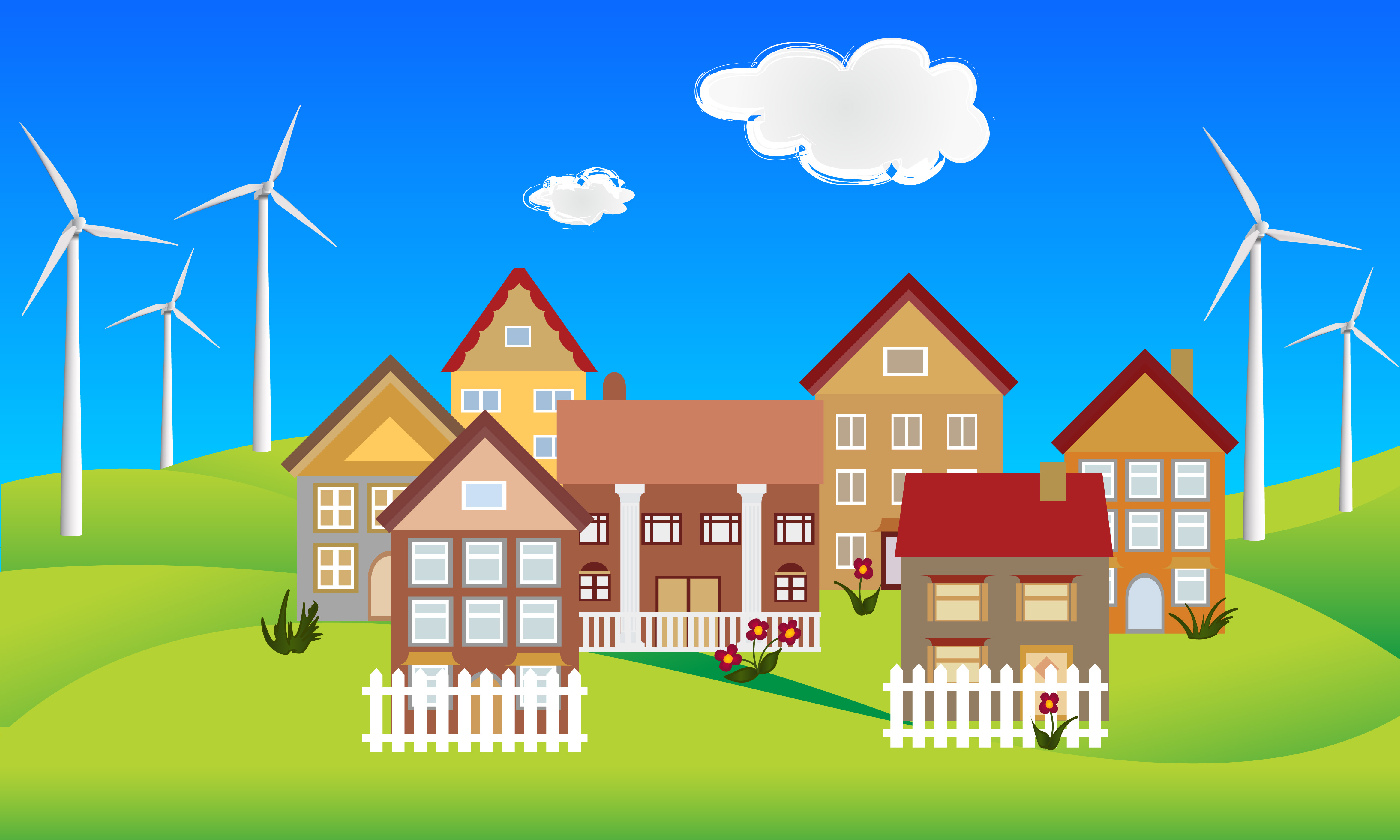PACE: A Solution to the Prohibitive Costs of Sustainable Retrofits

Recently, the largest Powerball lottery (over $1.5 billion) in history was awarded to three “lucky” winners. Regardless of one’s feelings on the lottery, there is no denying that the winners of that Powerball lottery will be able to purchase, or fund, pretty much anything they could ever need or want. These lottery winners are not limited by cost. Rather, their only problem is figuring out what they should buy next.
Unfortunately, when considering whether to implement sustainability improvements for their home or business, most property owners (residential and commercial) have the opposite problem. Of course, in addition to the environmental benefits, the non-environmental benefits of retrofitting an existing building are well-documented: the building will increase in value, be less costly to maintain (as water and electricity bills decrease), last longer, and sustainability improvements will, overall, contribute to a better, healthier, more comfortable environment for people to live and work. The overwhelming prohibitive factor is cost. The upfront costs of sustainability improvements—such as solar panels, LED lighting, green roofs, or air-movement HVAC systems—are generally more expensive to install, yet they provide significant financial benefits down the road.
Property Assessed Clean Energy (“PACE”) is a federal program—recently approved by the Florida Supreme Court—that essentially allows property owners to finance the upfront costs of sustainability measures, and allows the property owners to pay back those upfront costs through a small tax assessment on the property. PACE financing is available for nearly any property— commercial, industrial, single-family residential, condominiums, and non-profit. Quite simply, PACE financing provides all the benefits of retrofitting a building with sustainability improvements, without the single-biggest obstacle: cost.
PACE financing pays for 100% of the upfront costs of the retrofit project, and is repaid by the property owner with a small assessment added to the property’s tax bill. This assessment is often significantly less than the property owner was paying in utility bills. For example, if a property owner typically pays $400.00 per month on its electric bill, and receives PACE financing to retrofit its building for energy efficiency in the amount of $40,000.00, the tax assessment on the property would be approximately $200.00 per month over a 20-year period. The result is that the property owner’s electric bill would likely be reduced to $0.00, and the property owner would simply be paying for the tax assessment, with no electric bill whatsoever, thereby cutting its energy expenses in half. Furthermore, because PACE financing stays with the building, rather than the property owner, any unpaid assessments would transfer upon sale of the building, or, for a commercial property, could easily be passed on to tenants.
Now that PACE financing has been approved by the Florida Supreme Court, there will likely be many PACE projects moving forward in both Broward County and Miami-Dade County. If you own property in Broward, Miami-Dade, or Palm Beach, and you are seeking to determine whether PACE financing or retrofitting your property would be beneficial for you, please contact a Broward County sustainability lawyer by calling (954) 764-6766 or by completing the contact form on this page.






